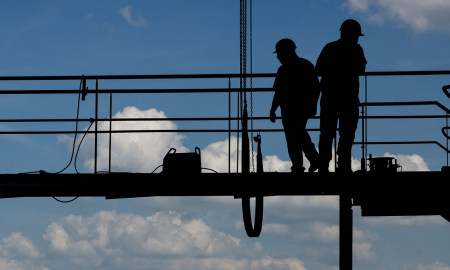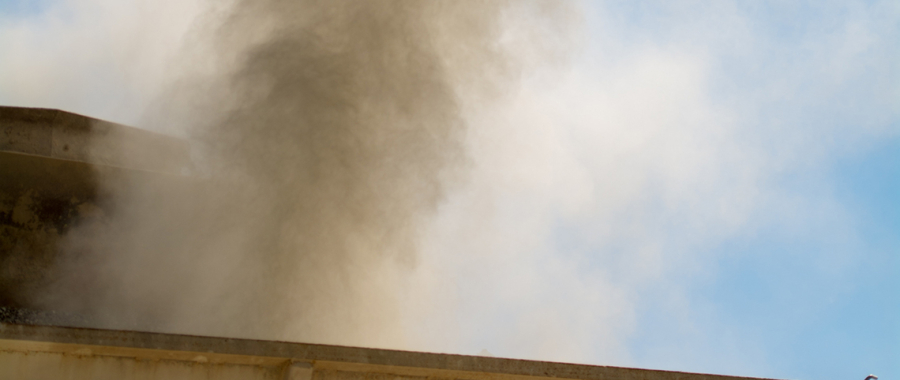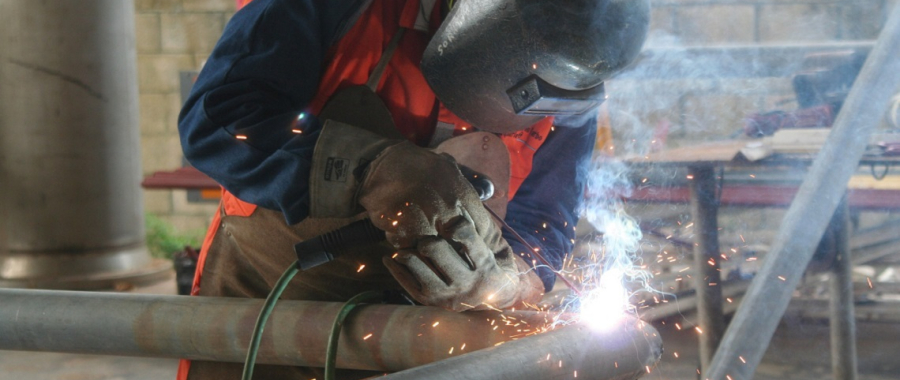Monitor and Control:Common Construction Hazards and Risks
With an estimated one in 10 workers injured on construction sites every year, it is easy to understand why the sector is renowned for having the most fatal injuries for its employees.
Each construction project comes with its own unique set of challenges, as well as a working environment that is constantly changing, which means that the management of the various hazards and risks on construction sites cannot take a one-size-fits-all approach.
According to the latest Health and Safety Executive (HSE) annual statistics, there were approximately 111 fatal injuries in the workplace between April 2019 and March 2020. Meanwhile, the latest Reporting of Injuries, Diseases and Dangerous Occurrences Regulations 2013 logged 69,208 non-fatal injuries to employees in 2018/19. As with all sectors, employers who operate within the construction industry have a duty of care to their employees, visitors and the general public, and must thereby ensure that the hazards and risks associated with their working environment are identified and monitored closely, with regular risk assessments conducted.
What is the difference between a hazard and risk?
While it is easy to presume that hazards and risks are exactly the same, there are some key differences between the two. When identifying hazards on a construction site, this will be anything that can cause harm, damage or adverse health effects to people in the workplace. This can include physical hazards such as a fall from height or excessive use of power tools, safety hazards from exposed wiring or a slippery surface, as well as ergonomic hazards such as manual handling and poor posture.
Meanwhile, a risk is the likelihood of a person being injured or receiving an adverse health effect through exposure to the hazard and this includes the severity or consequence of the injury or exposure. This can be influenced by a number of different factors.
It is the responsibility of the employer to identify the construction hazards and measure the risks within each individual working environment, implementing a series of control measures to ensure that staff, contractors and the general public are protected from harm as far as is reasonably practicable. Hazards and risks can be reduced and eliminated in a number of ways, such as providing Personal Protective Equipment (PPE) and appropriate training, as well as having adequate first aid and hygiene facilities.
What are some of the most common hazards on construction sites and how can these be controlled?
There are many different types of construction risks and hazards that can affect employees during their day-to-day work. Below are examples of some of the most common hazards and risks that construction workers may encounter, as well as the relevant legislation and control measures that ensure that the level of risk is kept as low as possible.
Working at height
According to the HSE, one of the major health risks and biggest causes of fatal injuries at work is falls from height, with 40 workers killed when working at height in 2018/19. The Work at Height Regulations 2005 require those responsible for the health and safety of employees to plan, organise, risk assess, supervise and ensure a safe system for those working at height if it is not avoidable, including employees whose daily activity involves working with roofs, vertical ladders and below-level walkways.
SOCOTEC offers at Work at Height Awareness courses and PPE online training to ensure your employees are fully trained and competent when working at height. Safety equipment for those working at height is also available via our online Shop, and includes rescue devices, full body harnesses and a removable transfastener system.
Slips, trips and falls
Slips, trips and falls are a high contender for non-fatal injuries within the construction industry, given the uneven terrain on many building sites. As a result, employers are instructed to provide workers with suitable footwear with maximum grip and ensure that adequate signposting is in place to surround slippery, wet and uneven surfaces. The effective management of working areas and access routes such as stairwells and footpaths is required, while also providing designated walkways, cordless tools, well-lit routes and a clutter-free environment.
For further information about SOCOTEC’s Slips, Trips and Falls online training, click here.
Excessive noise
Around 21,000 employees in the UK suffer from work-related hearing problems as a result of overexposure to loud noises, and this is particularly prominent within the construction sector. Workers will regularly come into contact with power tools, groundwork equipment, loud machinery and supply vehicles, and as a result they are required to wear adequate hearing protection to reduce the risk of developing a related hearing problem. As part of the Control of Noise at Work Regulations 2005, employers are required to carry out a comprehensive noise risk assessment for all employees who use this equipment as part of their daily working activity.
Did you know that SOCOTEC provides an occupational noise monitoring service to identify, measure and control noise exposure levels in your workplace? Find out more here.
Manual handling
Construction workers will most likely have been required to carry out manual handling at some point in their careers, and moving heavy objects without receiving the appropriate training can result in an array of back-related injuries. Under the Manual Handling Regulations, employers are legally obliged to ensure that all employees are fully competent in manual handling. SOCOTEC provides Manual Handling Awareness training to ensure they are fully compliant with the above legislation – click here for further information.
HAVS
Hand-Arm Vibration Syndrome is a debilitating industrial disease of the blood vessels, nerves and joints caused by the prolonged use of handheld power tools, including vibratory tools and ground working equipment. With nearly two million at risk from developing the disease, employers must provide employees with the appropriate PPE, as well as coming up with alternative methods of work which will eliminate or reduce exposure to vibration. SOCOTEC provides Hand Arm and Whole Body Vibration Assessments to measure and control the level of risk that HAVS causes in your workplace – find out more here.
Falling objects and collapsing trenches
Given that a considerable number of construction jobs occur on multi-storey buildings, remaining vigilant of the risks posed by falling objects and avoid working closely to anywhere where there is a high risk of one being disturbed is of paramount importance. It is also recommended that the appropriate PPE is worn where necessary, such as when working with overhead lifting equipment and supply vehicles.
Another common safety hazard on construction sites is collapsing trenches/excavations, which is particularly hazardous due to buildings being under construction or in the process of being demolished. It is therefore important to ensure that the trenches/excavations is fully secure, which can be carried out by conducting regular inspections before and during shifts.
Asbestos
Causing over 5,000 fatalities a year, the inhalation of disturbed asbestos fibres is a common hazard in the workplace, particularly on construction sites where asbestos-containing materials (ACM) could be disturbed at any given moment. With an estimated 500,000 buildings in the UK still thought to contain asbestos, it is a legal requirement for employers to inform all employees who may come into contact with ACMs in their day-to-day work as to their precise location. They should also ensure that workers are fully trained and able to respond competently and confidently in the event of their coming across any suspected or confirmed ACMs.
SOCOTEC provides UKATA-accredited Asbestos Awareness training to provide users with a solid understanding of the dangers associated with exposure to airborne asbestos fibres and the recommended courses of action in the event of discovering or disturbing ACMs. Visit our online Shop to discover our full range of asbestos-related courses.
Electricity
With an average of 1,000 electrical accidents in the workplace every year – as well as three construction industry workers electrocuted during refurbishment work on commercial and domestic buildings per annum – electricity is another physical hazard on construction sites that employers must be aware of. Many of these incidents are caused by workers coming into contact with overhead or underground cables and electrical equipment, and this also has a direct impact on the number of falls from height on ladders, roofing and scaffolding that occur on construction sites each year. Regular risk assessments and maintenance checks of electrical equipment should be carried out so as to keep the risk of an electrical accident in the workplace at a minimum.
Click here to find out more about SOCOTEC’s Electrical Safety Awareness course.
How can SOCOTEC help?
SOCOTEC is committed to protecting the health, safety and welfare of our employees, subcontractors and clients, working to ensure that everyone gets home safe every day. In addition, our Health & Safety Consultancy will ensure that your organisation is fully compliant with the relevant legislation, working with you to ensure that all of the necessary control measures are in place to protect your employees from all work-related risks and hazards as far as is reasonably practicable.
For further information, click here or get in touch with a member of our Health & Safety team.






Add new comment